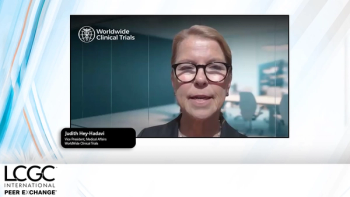
Biologist Awarded for DNA Research
Matthew Meselson, a Harvard molecular biologist whose famous experiment substantiated the double-helix structure of DNA, has won the Lasker Award for Special Achievement in Medical Science.
Matthew Meselson, a Harvard molecular biologist whose famous experiment substantiated the double-helix structure of DNA, has won the Lasker Award for Special Achievement in Medical Science.
Meselson laid the biochemical groundwork for several key areas: DNA replication, DNA repair, DNA recombination, and DNA restriction. He and colleagues grew bacteria in heavy nitrogen-laced broth and then switched the microbes to broth that contained light nitrogen, finding that DNA replicates itself by making new double-stranded twins, each containing one strand of the original parent molecule and one newly formed strand.
To analyze the DNA generated during the experiment, Meselson invented equilibrium density gradient centrifugation. He showed that a parental helix made of two heavy strands duplicates to give two molecules, each composed of one heavy and one light strand. This research was the foundation for establishing the existence of messenger RNA, the genetic intermediary between genes and proteins.
Newsletter
Join the global community of analytical scientists who trust LCGC for insights on the latest techniques, trends, and expert solutions in chromatography.





